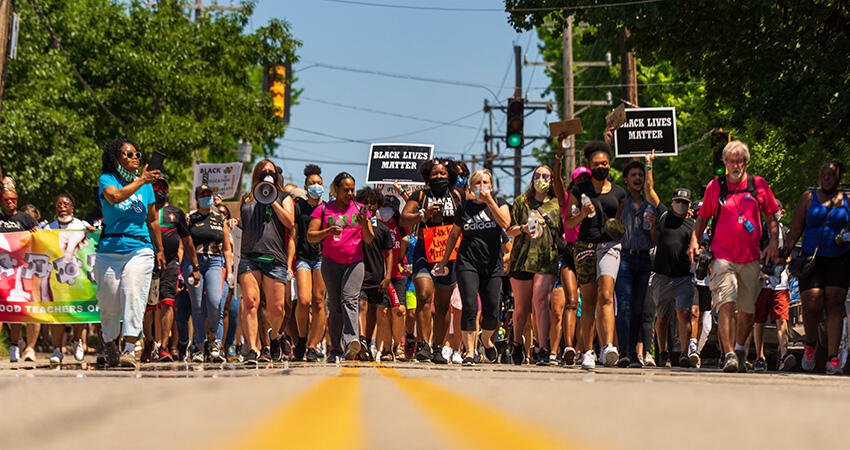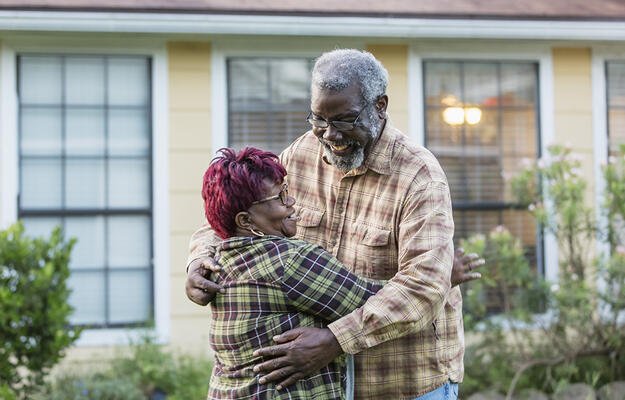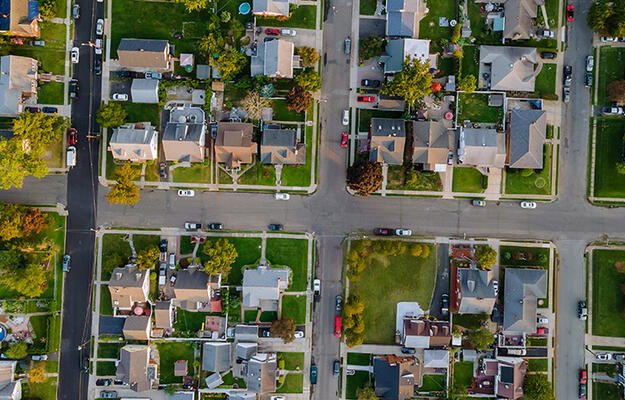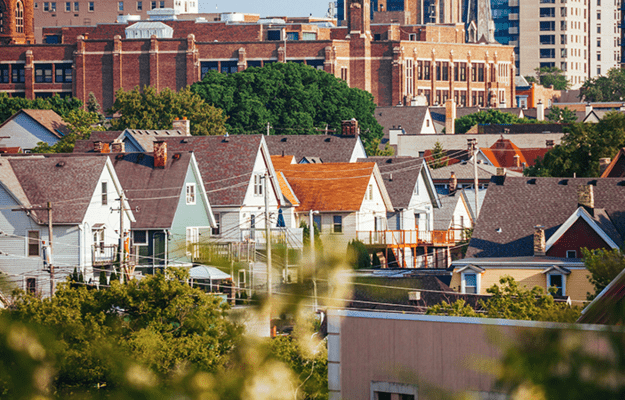
Policing Shapes Residents’ Perceptions of Government in City Neighborhoods
- Title:
-
Police Are Our Government: Politics, Political Science, and the Policing of Race-Class Subjugated Communities
- Author:
-
Joe Soss and Vesla Weaver
- Source:
- Publication Date:
-
2017
In 2015, a US Department of Justice report (PDF) found law enforcement practices in Ferguson, Missouri, unconstitutional and undermining of community trust, especially among Black residents. In an article published in 2017, authors Soss and Weaver acknowledge that political scholars were seemingly unprepared to engage with the reality of a “predatory system of government” imposed by Ferguson’s public authorities. In response, they argue that future political science discourse should focus on two distinct sides of government involvement in the lives of urban residents.
The authors name one side the “first face” of government. The “first face” denotes electoral-representative politics and is the face researchers and public officials most commonly think of when referring to the presence of government and its impact on civic life. The “second face” of government encompasses the activities officials, such as the police, more regularly use to exercise social control and surveillance of urban residents.
The authors conducted a research scan focused on the critical issues of race, class, and subjugation raised by the Ferguson movement and the Black Lives Matter movement. Their scan finds that low-income communities and communities of color interact most frequently and saliently with the “second face” of government, made up of police, jails, courts, bail officers, housing authorities, and other ground-level bureaucracies that encircle low-income communities. Though some attribute socioeconomic disparities in these neighborhoods to a lack of attention by the “first face” of government, Soss and Weaver provide evidence on the ways residents in these communities are not explicitly abandoned by government services but, instead, are regularly imposed upon by the coercive and punitive “second face.” The scan finds that expanded police involvement in the lives of these community members in schools, on streets, and in their homes shapes residents’ political identities and perceptions of government.
Key findings
- In the 1970s and 1980s, efforts to address underlying community problems through social investment took a backseat, and federal financial resources grew in support of local policing initiatives. From 1951 to 2016, city spending on police in the United States increased from $82 per person to $286 in constant dollars.
- Under racialized political campaigns against urban “disorder,” low-level arrests increased. These arrests have been found to be weakly connected to crime and strongly connected to race, poverty, and place.
- Increased policing serves a function similar to “urban renewal,” as police advance the gentrification of urban neighborhoods through roles including displacing residents who have not moved quickly enough from buildings targeted for demolition, are deployed to remove residents resting in city parks and public spaces, work with landlords to enforce nuisance property violations often used to evict Black victims of domestic violence, and extract resources from communities through misdemeanor fines, bail, and court fees.
- Police exercise the purview to decide which neighborhoods to patrol, where to invest resources, whom to stop and question, when to make an arrest, which behaviors are threats to public safety, and when to use deadly force. The resulting encounters with the police in public spaces function to indicate who is deemed suspicious and who can live free of these suspicions.
- Within communities, this surveillance informs residents’ decisions on how to conduct themselves and which public spaces to avoid. Outside of these communities, studies show that low-income communities and communities of color tend to be perceived by outsiders as places that nonresidents should avoid—even after controlling for differences in actual crimes.
Policy implication
- Local government officials, community-based organizations, and city residents interested in promoting civic power and belonging in low-income communities and communities of color should pay attention to the role of police and other justice authorities in both exacerbating perceptions and experiences of individual and group discrimination and fostering political resistance and social movements.
Photo by sean badock/Shutterstock


